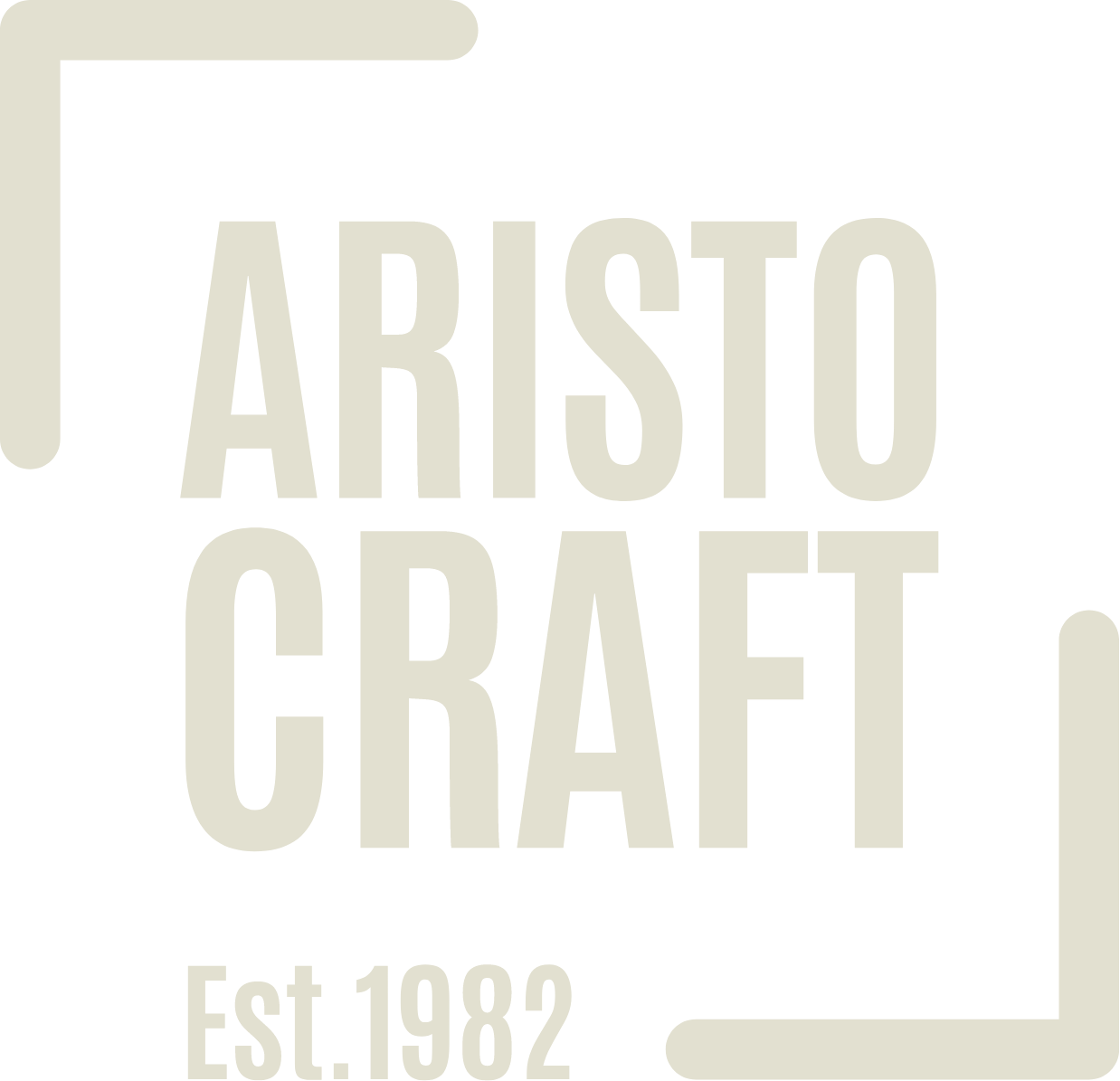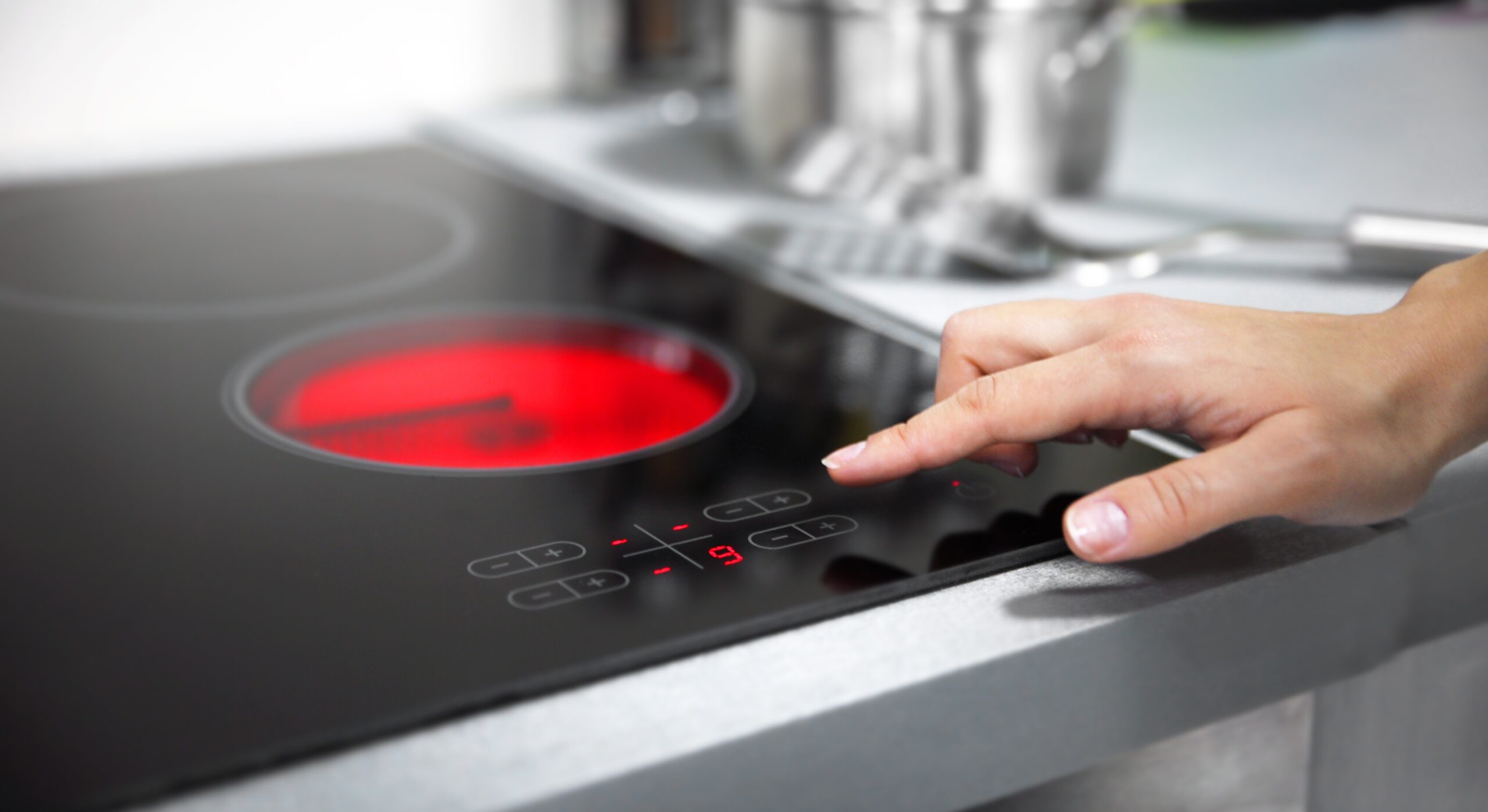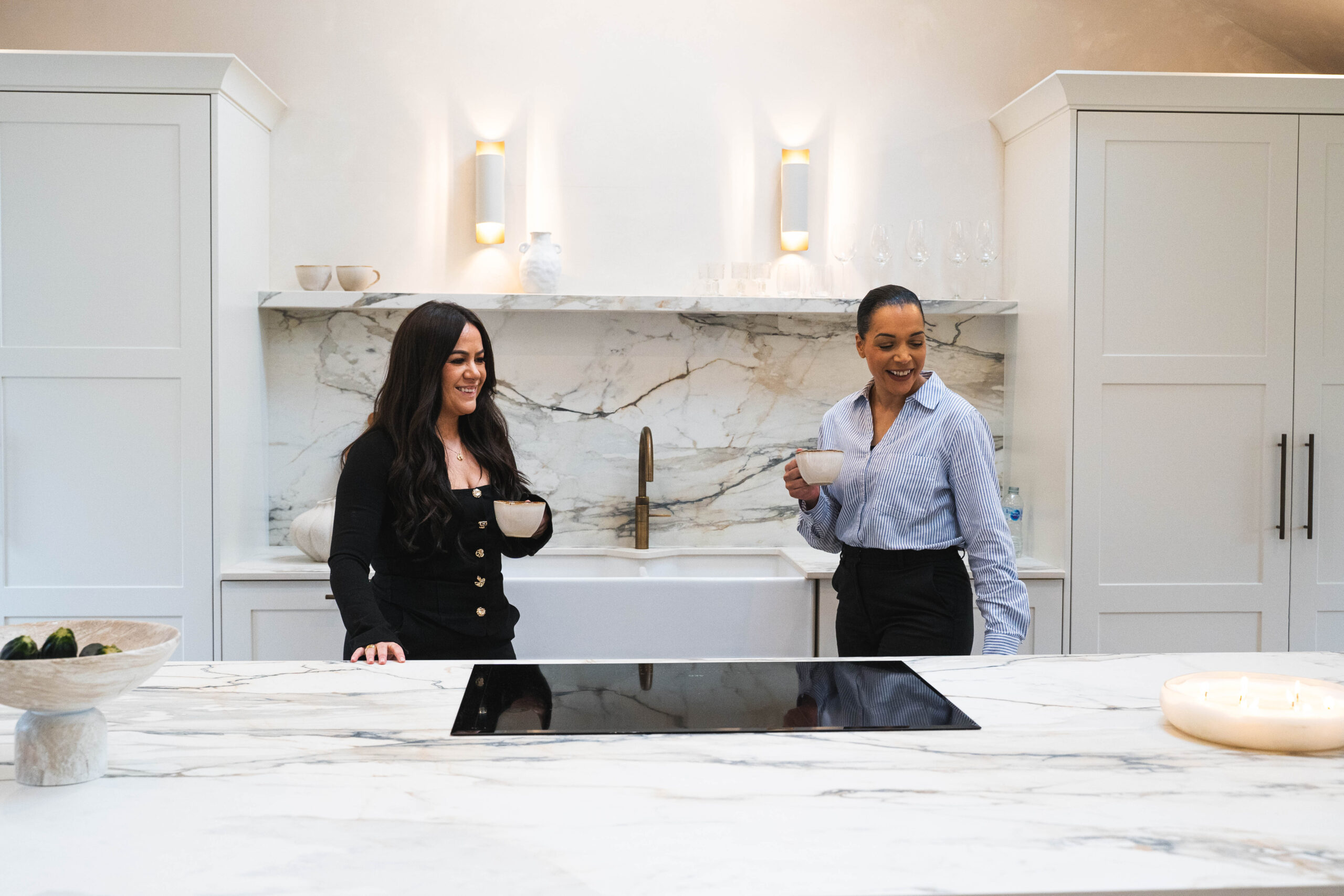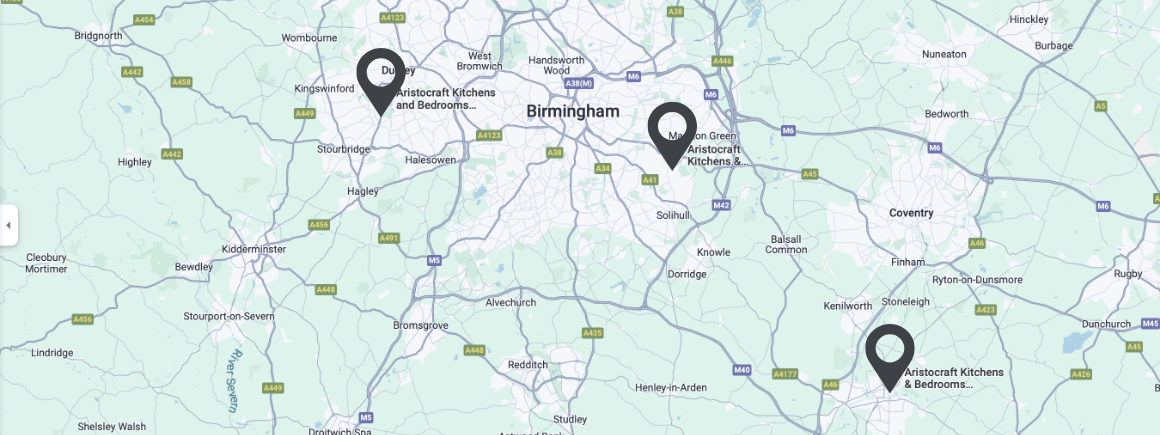Are you team induction or team gas?
When it comes to choosing between gas and induction, the debate heats up faster than a pan on high flame.
For those who are undecided, this hot topic pits traditionalists who love the tactile control of gas against modernists who enjoy the sleek, efficient design of induction.
Both options boast unique benefits, catering to different cooking styles and kitchen aesthetics. With induction hobs offering rapid heating and quick control, many who make the switch don’t look back. Meanwhile, gas hobs provide a responsive cooking experience and a classic vibe, making them a favourite for those who cherish the art of cooking.
The great hob debate
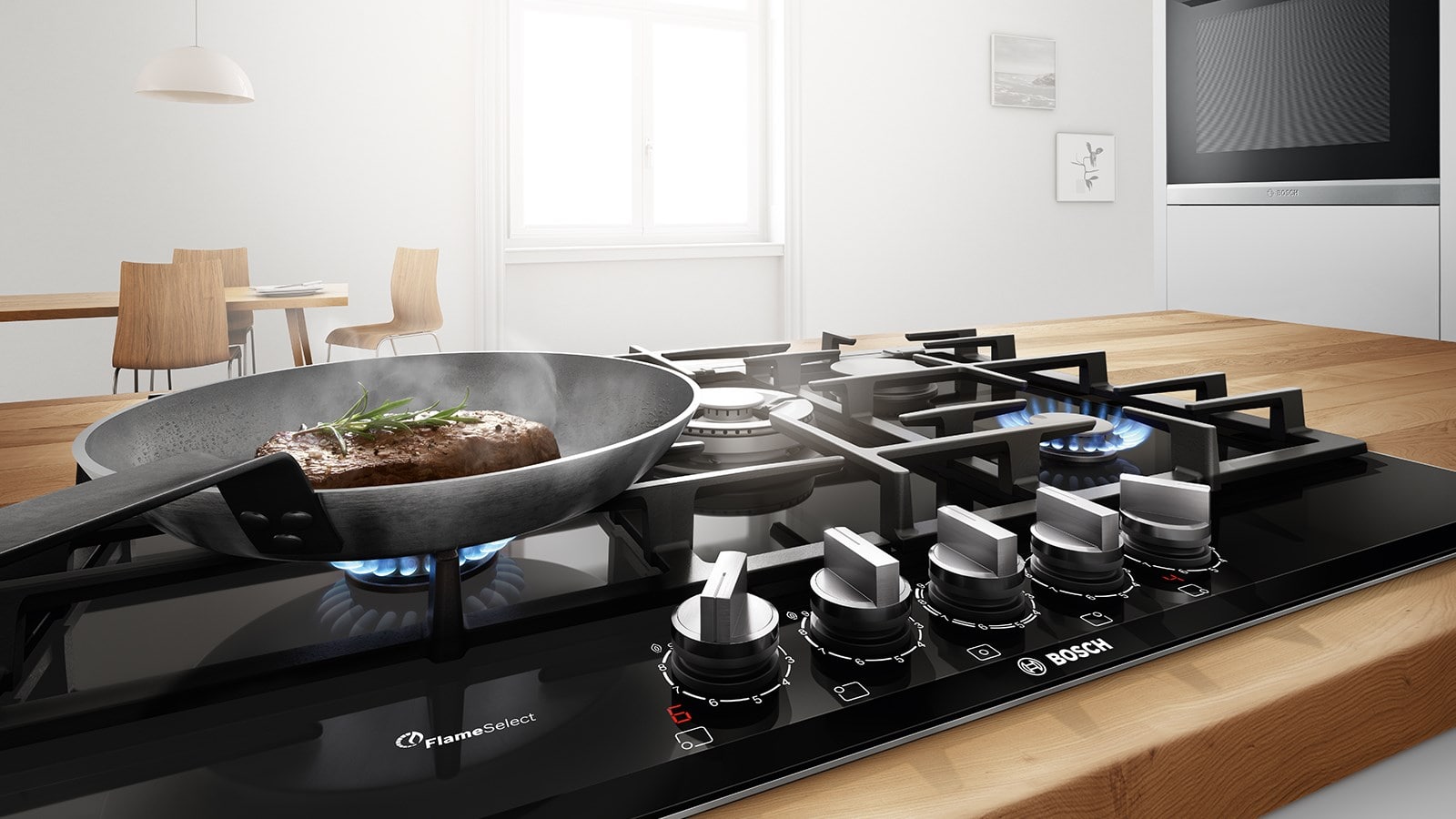
The pros of gas hobs
Are you a traditionalist who loves the visible flame and precise control of gas? Or do you lean towards the sleek, efficient design of induction cooking? It’s time to pick your team!
Gas hobs have been a staple in kitchens for decades, offering instant heat and a tactile cooking experience. Many chefs swear by the responsiveness of gas flames, allowing for quick temperature adjustments.
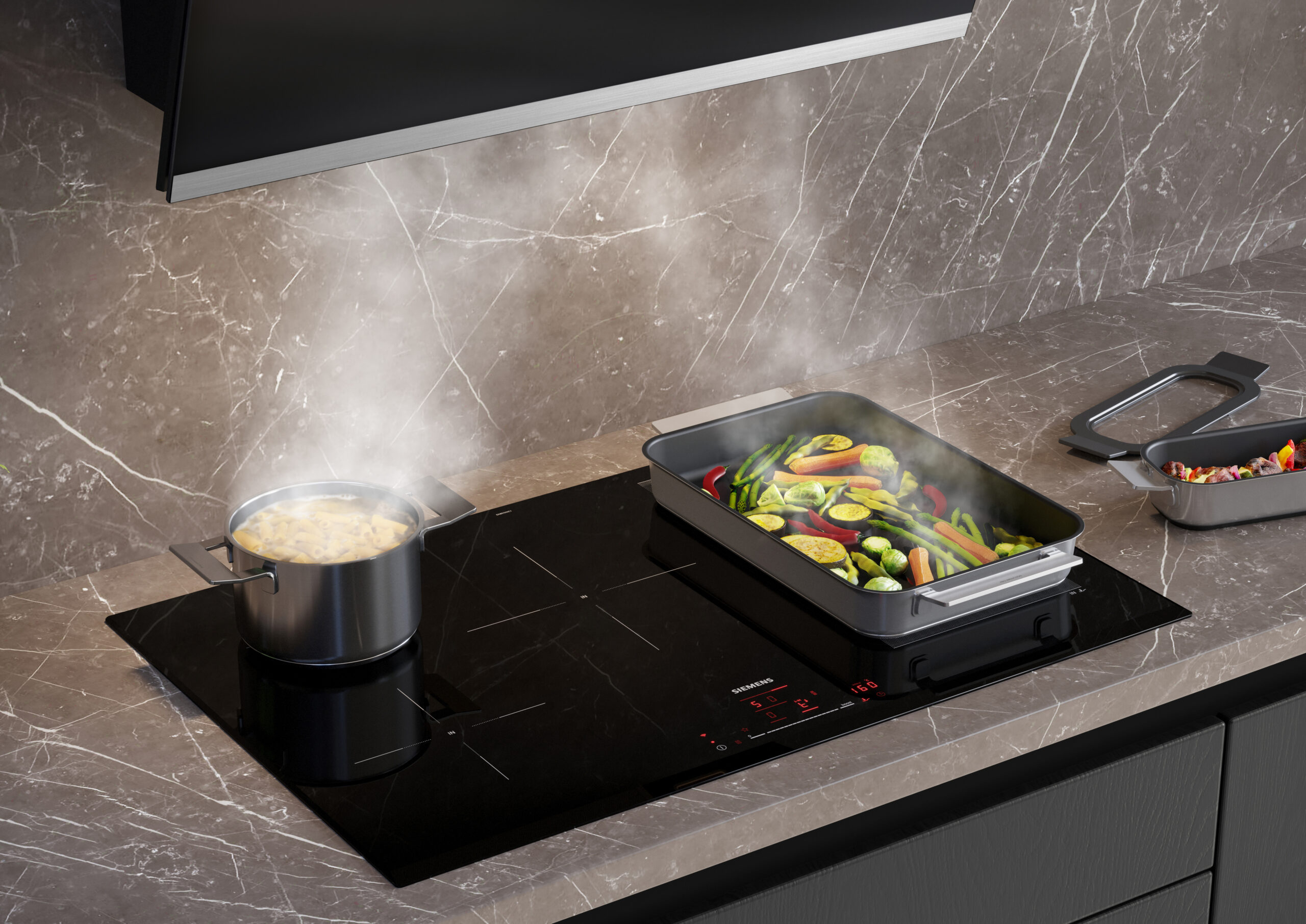
The benefits of induction hobs
On the other hand, induction hobs are the new kids on the block, promising rapid heating, energy efficiency, and a safer cooking surface. They use electromagnetic fields to heat the pan directly, leaving the surrounding area cool to the touch.
Induction hobs are generally more expensive then gas hobs, but there is overlap depending on the model spec.
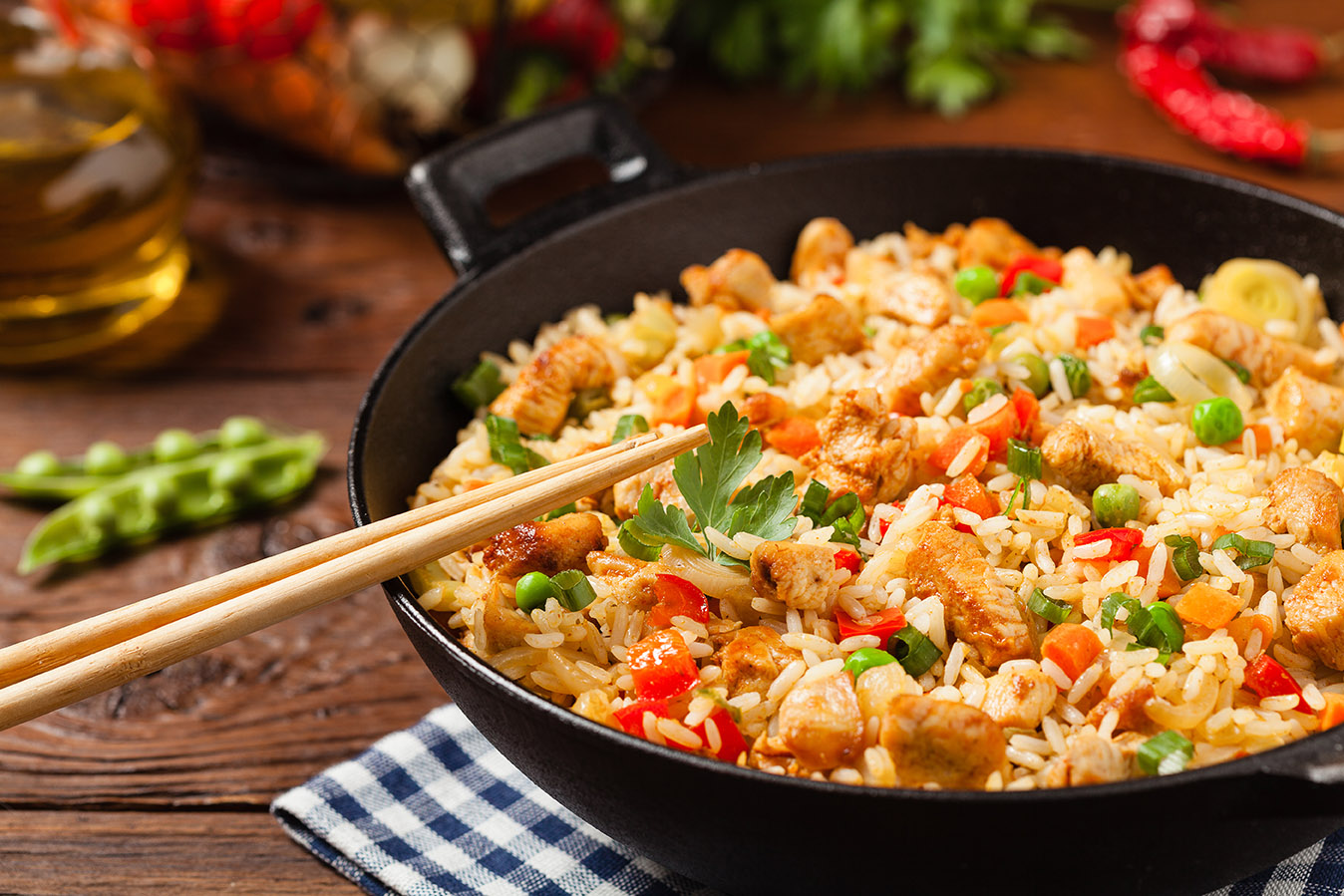
How to choose?
1. Consider your cooking habits
Do you love to stir-fry in a wok and simmer delicate sauces? Gas might be your best bet. Even with a flat-bottomed wok, induction just doesn’t provide the same experience. Are you all about quick, efficient cooking and easy cleanup? Induction could be your perfect match.
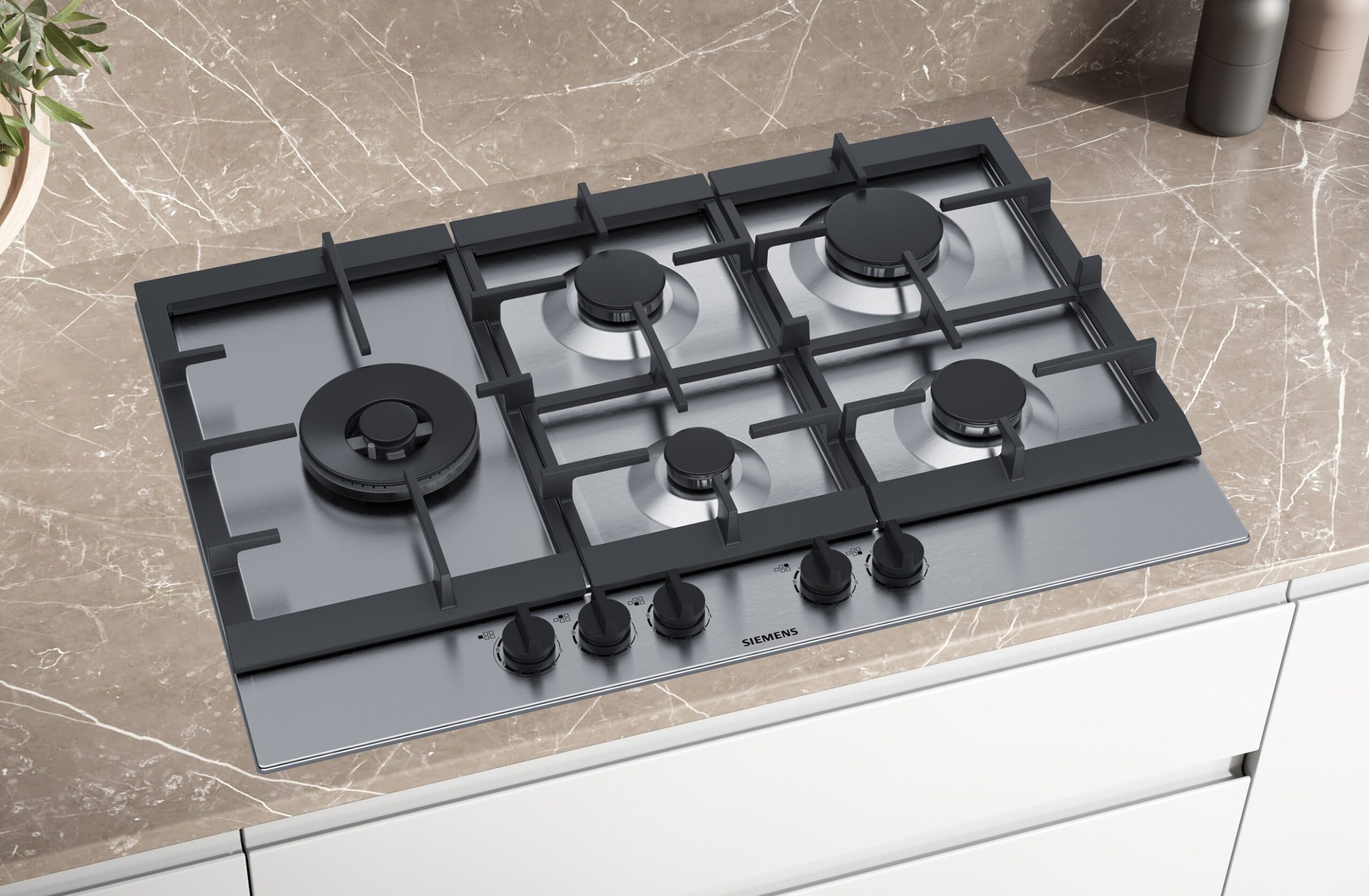
2. What about the aesthetic?
The clean lines of an induction hob work fabulously well with a Nobilia minimalist kitchen and are appealing to those who love their high-tech gadgets. A gas hob gives off a cook’s kitchen vibe. It’s more of a hands-on and tactile experience with the visible and audible flame. Do you prefer turning a dial or touch control buttons?

3. Practical considerations
Don’t forget about practicalities like your home’s energy supply and your existing cookware. Gas hobs need a mains gas supply while induction requires compatible pots and pans and a dedicated electric supply due to the load requirement.
Induction hobs – the modern marvel
Induction hobs look similar to the old ceramic hobs, black glass surfaces that took forever to heat up and cool down. But that’s where the similarity stops.
Revolutionising the way we cook, induction hobs offer a blend of efficiency, safety, and style that’s hard to beat. But how do they work their magic?
At the heart of induction cooking is electromagnetic technology. When you place a compatible pan on the hob, it creates a magnetic field that heats the pan directly. This means faster heating times and precise temperature control.
One of the biggest perks of induction is its energy efficiency. Since it heats the pan directly, less energy is wasted heating the surrounding air. Plus, the cooking surface stays cool, making it safer for families with young children.
Cleaning is a breeze with induction hobs. The flat, smooth surface wipes clean easily, with no pan supports or grids. It’s a win for both hygiene and convenience!

Do I need to buy new pans for an induction hob?
The best way to check is by using a magnet. If the magnet sticks, you’re good to go. Often pans will be labelled as being suitable for induction cooking too.
Cast iron Le Creuset pans also work with induction hobs and are a very popular choice.

